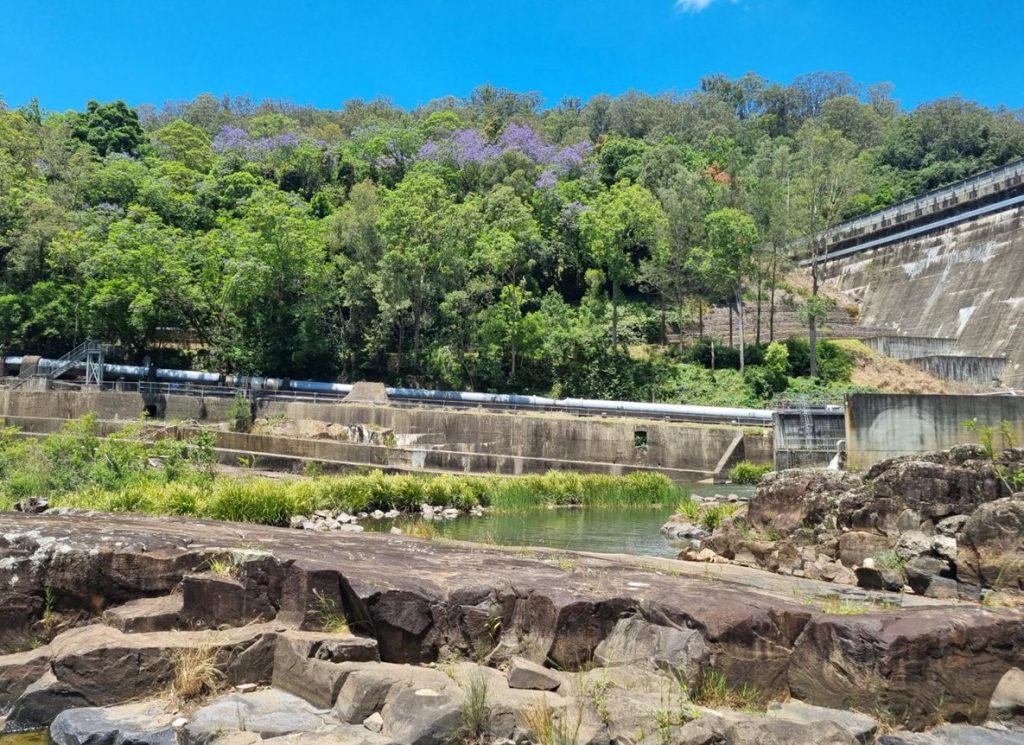
A five-yearly risk assessment of Chichester Dam has turned up some improvements that need to be made to ensure the dam remains in good working order.
Hunter Water has undertaken the assessment to ensure they meet modern engineering and safety standards,fulfill their commitment to meet regulatory obligations and assess what would happen in the event of a natural disaster or break.
The modelling conducted considers how Chichester dam responds to rare, very rare and extreme events, such as extreme flooding or earthquakes, larger than any experienced since the dam was built.
Chichester Dam was built in the 1920s to serve the community for hundreds of years but it has deteriorated over time.
Based on the assessment, some interim works and construction investigations that will be undertaken include upgrading the concrete on the spillway aprons, installing additional modern monitoring equipment, increasing flushing frequency of pressure relief drains and further enhanced monitoring as well as site surveys and geotechnical investigations including boreholes to collect and test soil samples.
Hunter Water Managing Director, Darren Cleary, said the risk assessment identifies aspects of the dam that require actions to ensure Chichester Dam continues to operate safely for many decades to come.
“At the outset, I want to assure the Lower Hunter community that Chichester Dam is safe for normal, daily operations just as it has been for almost 100 years, and there is no immediate threat to community safety during regular conditions, nor to our drinking water supply.
“Given the age of Chichester Dam, the impact of climate change, advances in dam technology over time and the appropriately thorough nature of the risk assessment, this finding is not unusual, and it is not unexpected that actions are needed to ensure the dam operates safely for many decades to come.
“This is the first time we have carried out a risk assessment in this way, under the new Dam Safety regulations, and the latest scientific and engineering methods informed the risk assessment.
“These methods included detailed onsite geotechnical surveys and high-powered LiDAR to generate 3D ‘finite element modelling’ of the dam structure and foundation, helping to improve our understanding of different scenarios.
“Hunter Water is actively working through the recommendations, and we have commenced interim works. We will continue investigations to determine the right options for long-term solutions so that the dam can continue to operate safely. Long term options could take between five and 10 years from initial investigations to construction,” Mr Cleary said.

